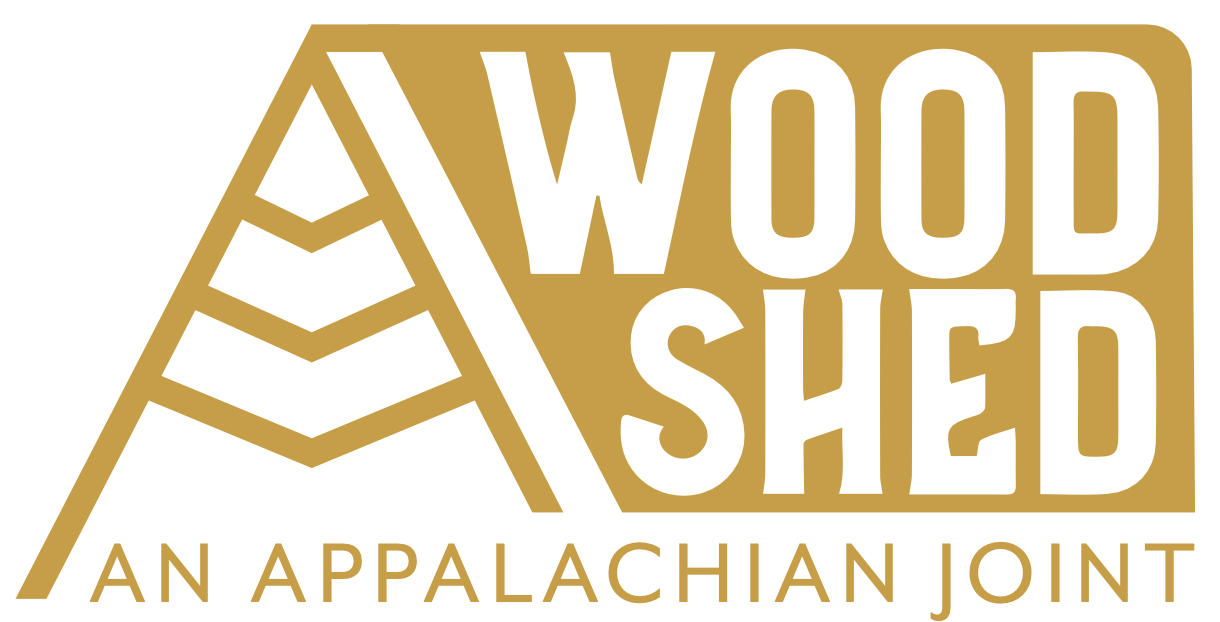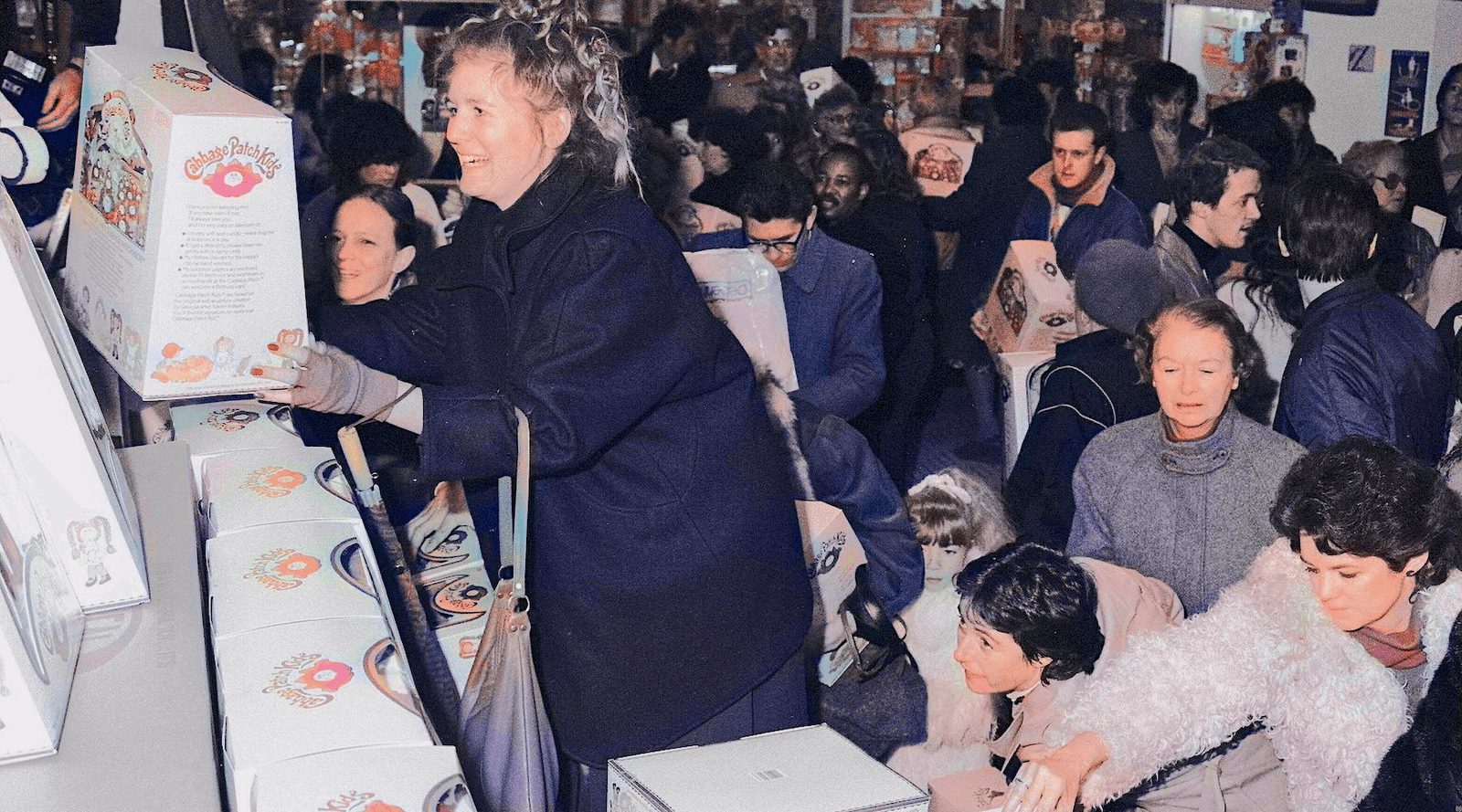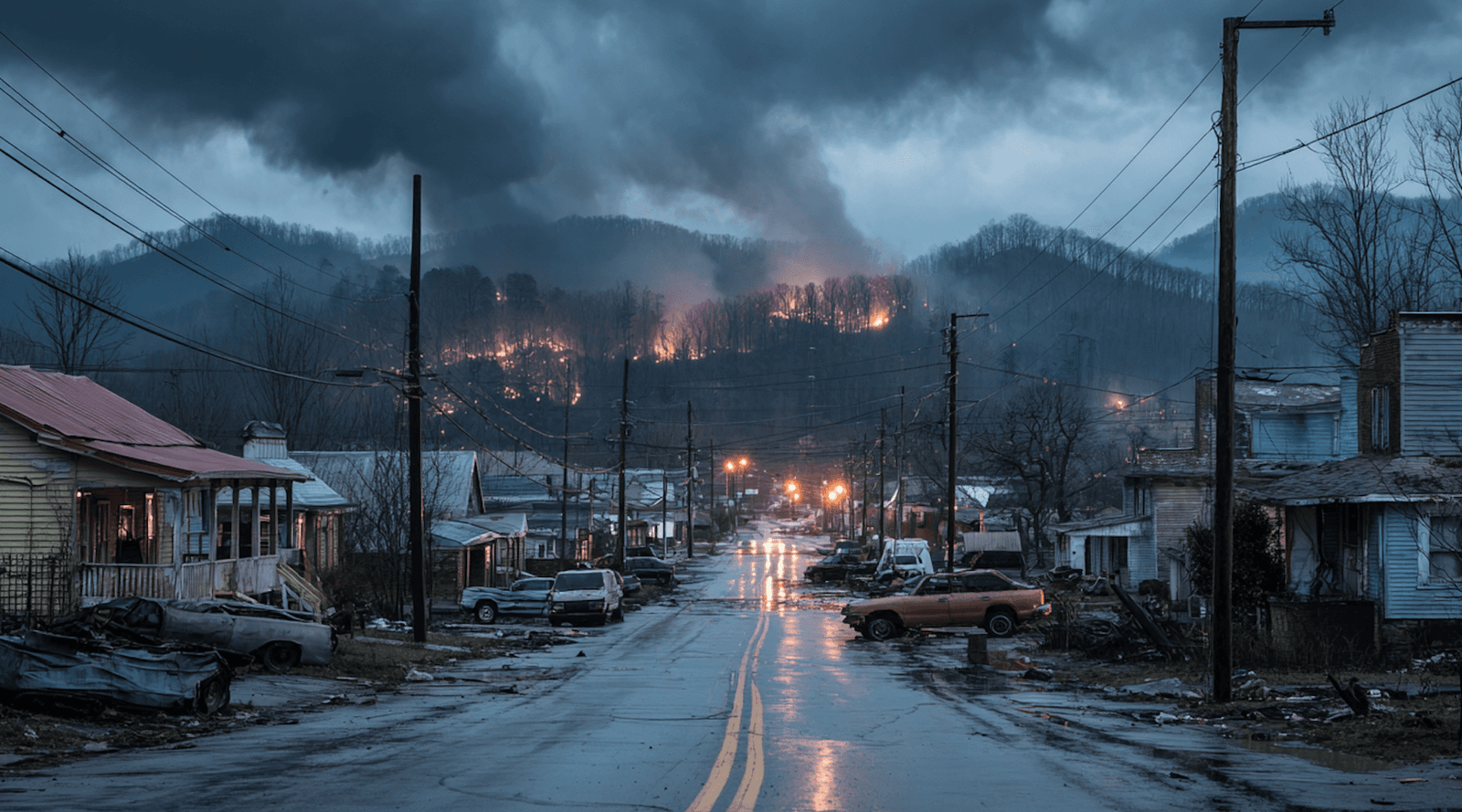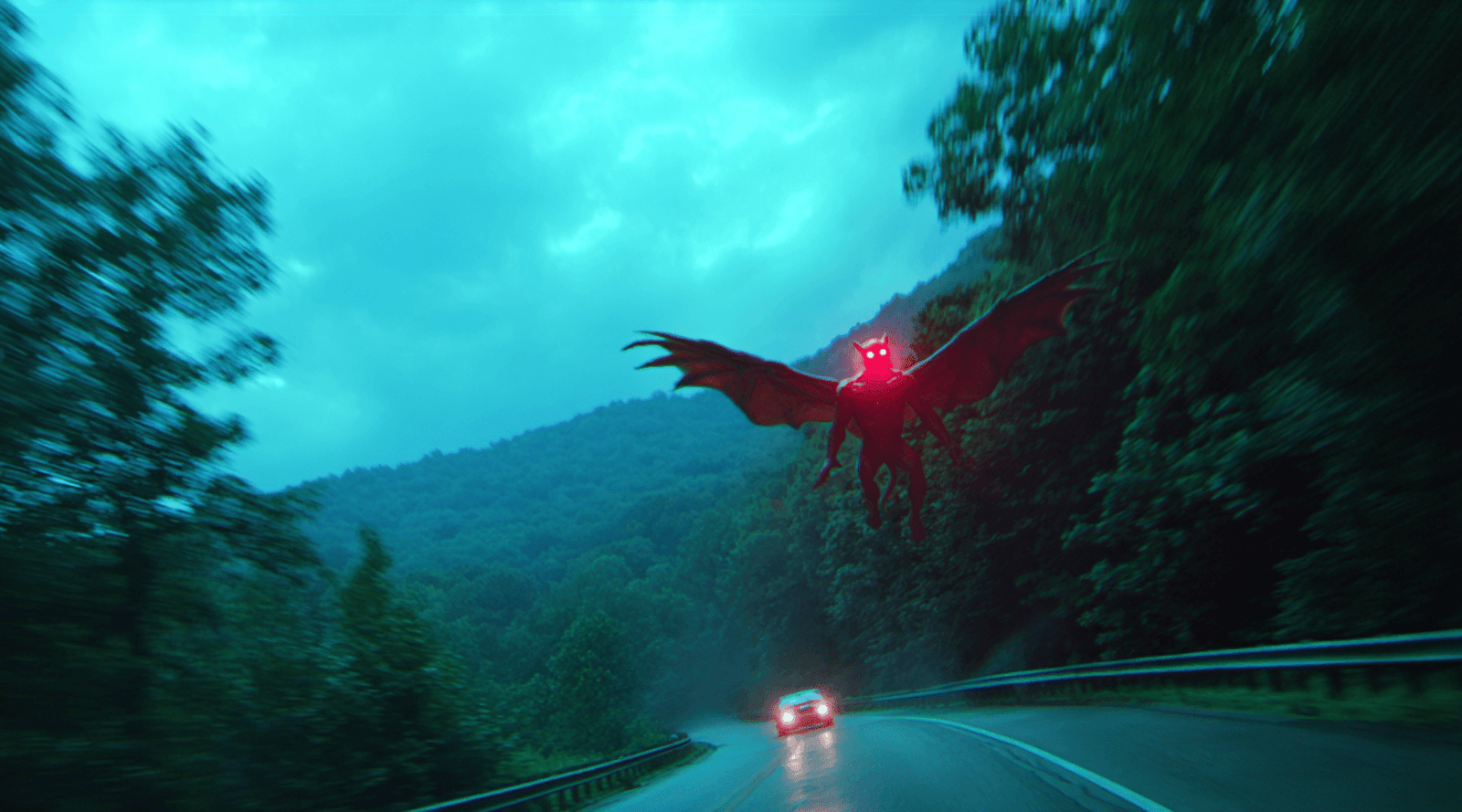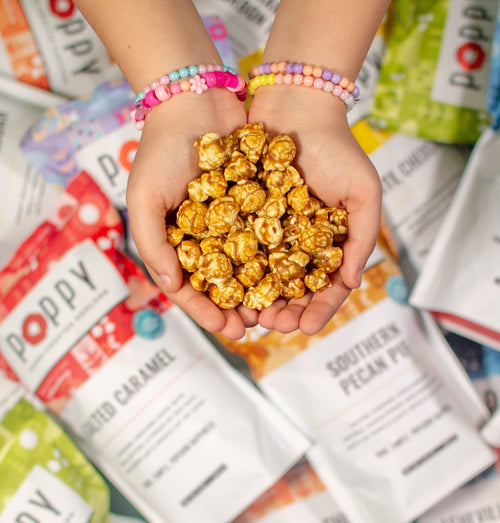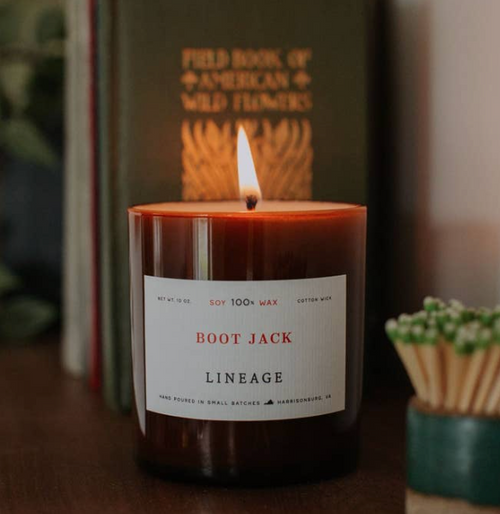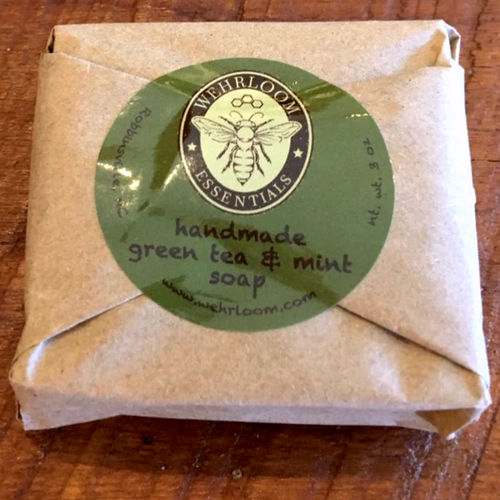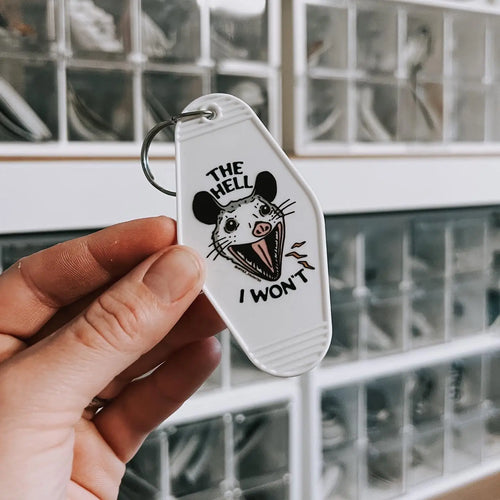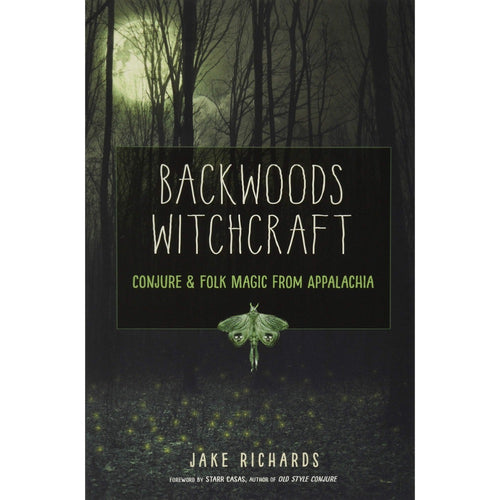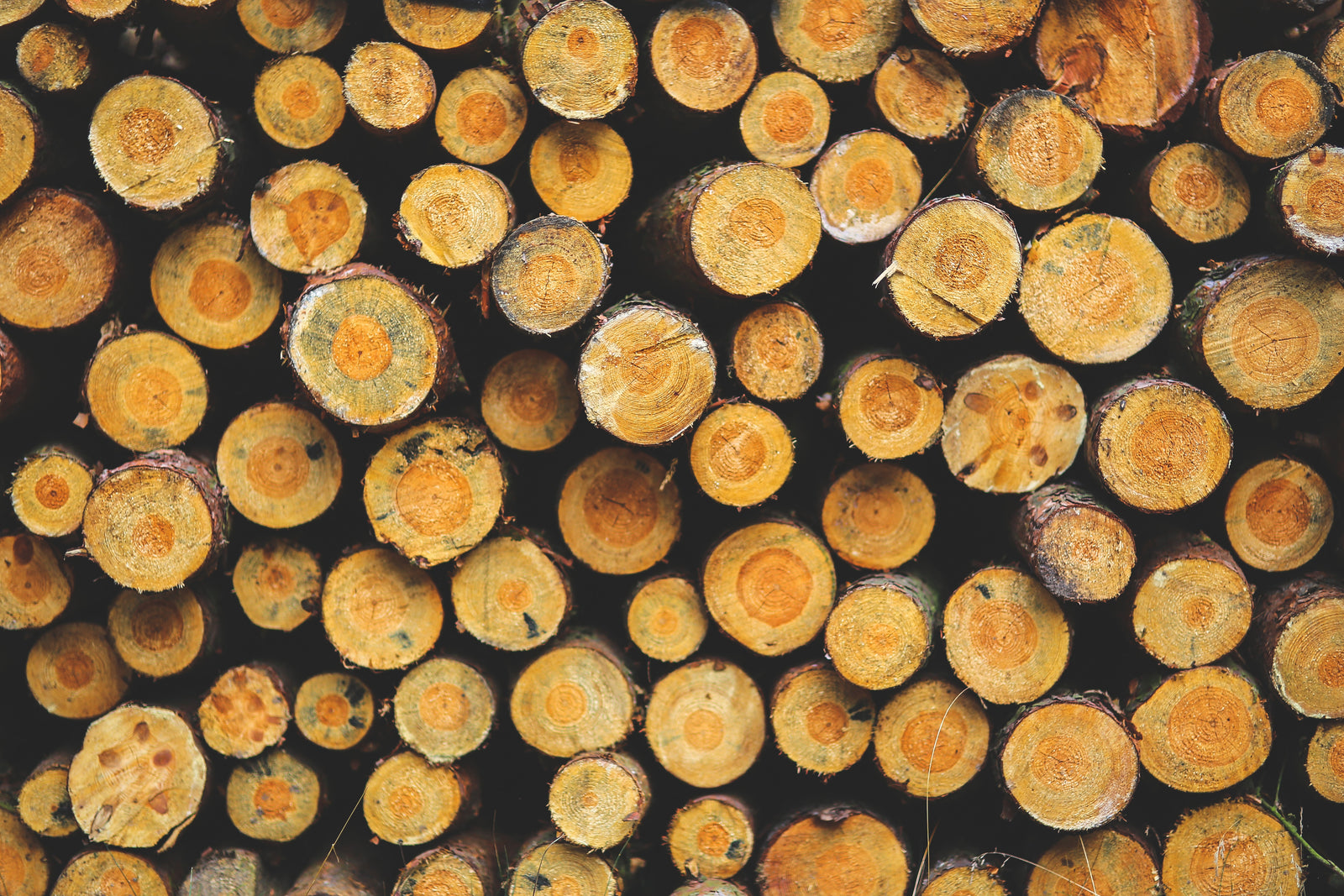
Well, in 1961, a group of Kentucky craftspeople came closer than just about any of us. Today's guest blogger Adam MacPharlain tells us how Churchill Weavers, a company built on traditional Appalachian weaving techniques, got into the space race. It's a wonderful reminder that old-time ways can still find a place in the modern world.
Adam helps manage the sprawling Churchill Weavers Collection at the Kentucky Historical Society, which includes product samples like this one-of-a-kind space fabric, weaving tools, advertisements, and business records. Watch for his posts about the collection on the society's Facebook and Twitter pages.
*
From 1922 to 2007, Churchill Weavers stood at the foothills of the Appalachians in Berea, Kentucky. What started as a goodhearted way to enliven the handweaving industry in this rural landscape ended up as the first company in the U.S. to mass-produce handwoven goods—everything from baby blankets to ladies scarves—and distribute them nationally.
By using an innovative loom that allowed weavers to move quickly, these mountain craftspeople out-produced competitors and caught the eye of an unlikely partner—the National Air and Space Administration (NASA).
In 1961, Churchill Weavers was approached by B.F. Goodrich, which was under contract with the space agency to produce cloth for spacesuit lining. Goodrich provided yarn made from glass fiber and rayon coated with Teflon and asked that Churchill experiment with it. The company applied its innovative spirit and developed a number of weaves, using techniques that dated back centuries and looms that were hand-built by the company's founder.
Samples went to B.F. Goodrich and then were passed to the Navy. After testing for space suitability, a final fabric was requested for a mock-up spacesuit, and Churchill Weavers delivered 70 yards.
"We are quite appreciative of the splendid work," said Goodrich officials, noting that handweaving was incredibly versatile, making it possible to experiment with elements like weave tightness, but in the end, cost was king. With Churchill’s price quote being some 300 percent higher than other competitors, the final contract went to a company that used automated looms.
After the "space cloth," Churchill Weavers took on other unusual projects—including fabrics for globally recognized fiber artist Gerhardt Knodel—but none of their other ventures inspired more imagination or put the company's fine craftspeople closer to the stars.

